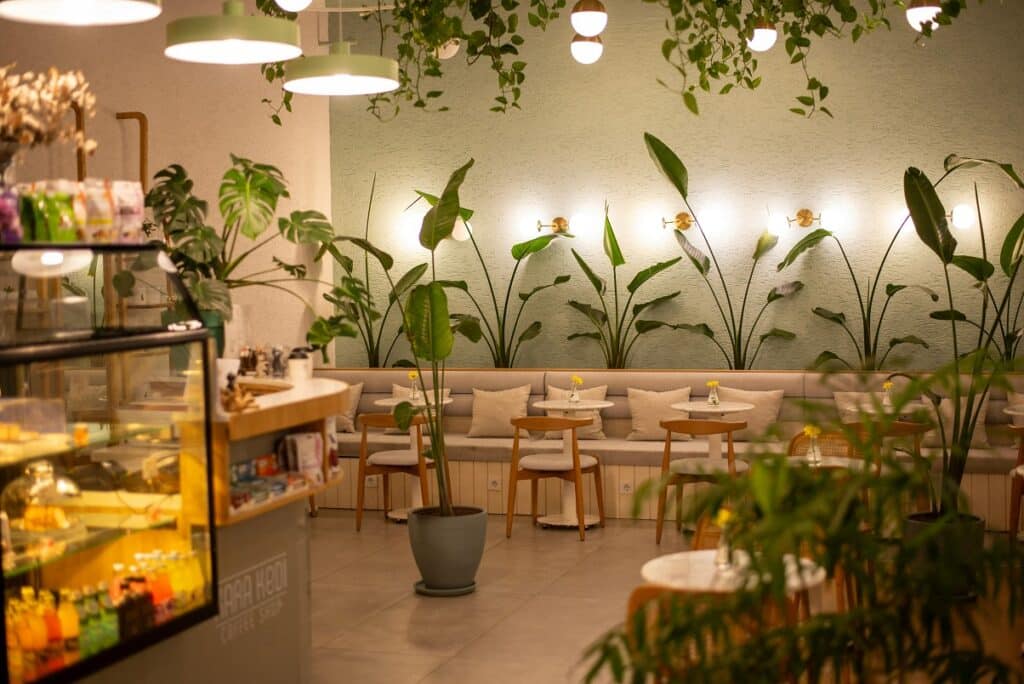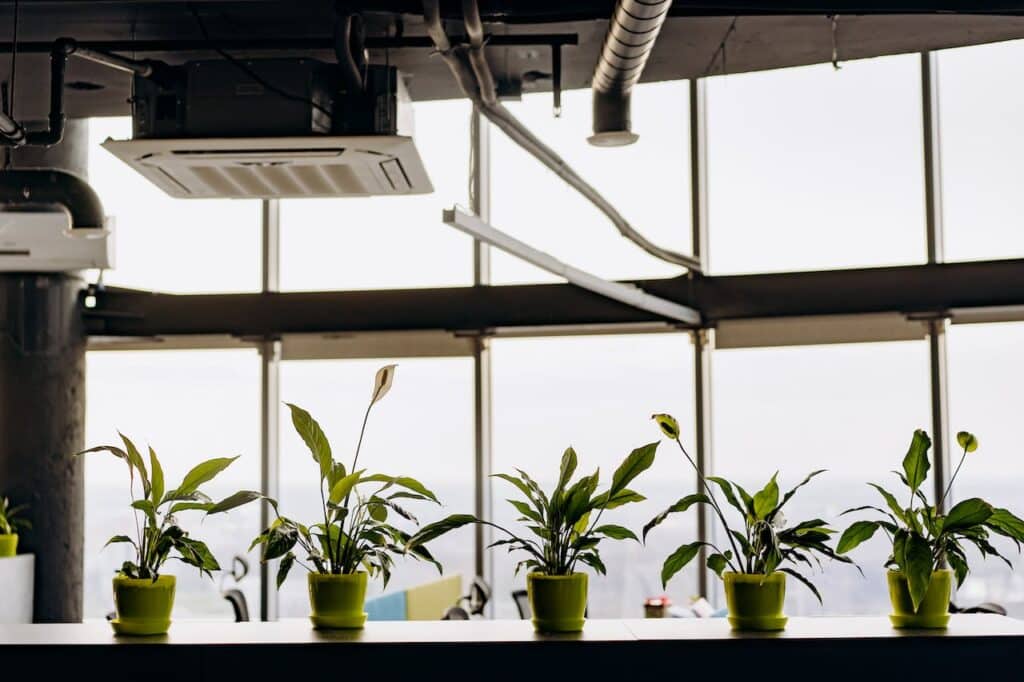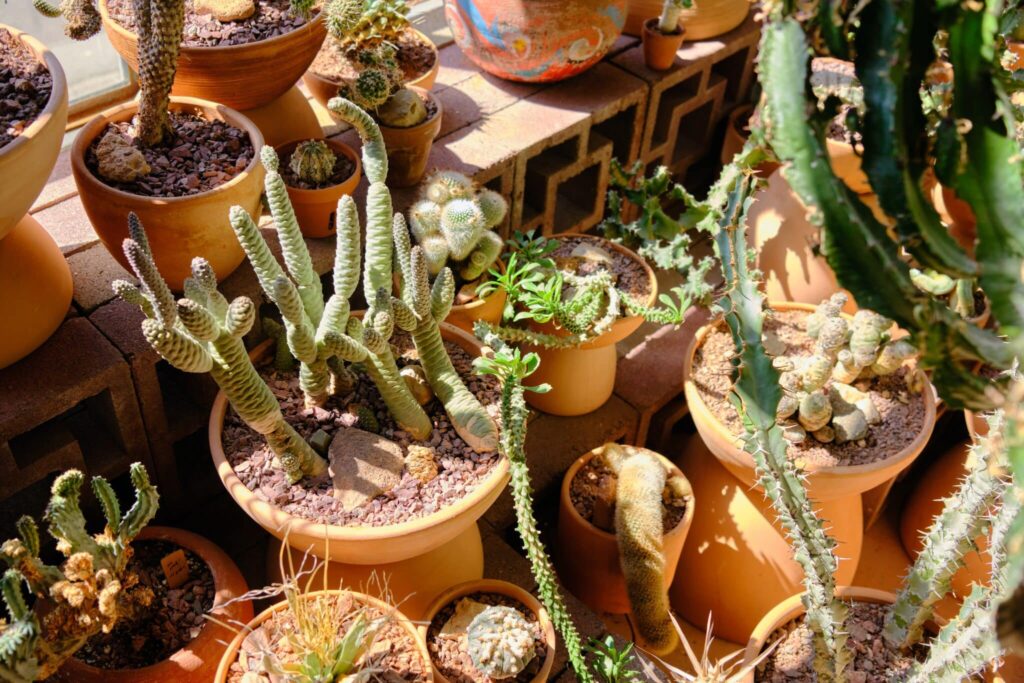You’ve probably heard of the lucky bamboo plant, but do you know what it is and why it’s considered lucky?
Lucky bamboo, scientifically known as Dracaena sanderiana, is not actually bamboo at all. The lucky bamboo plant, with its delicate stalks twisted into various shapes and easy care requirements, has gained popularity worldwide. People have associated this popular houseplant with good luck and fortune in Chinese culture for centuries. In this article, we will explore the fascinating characteristics of the lucky bamboo plant, its symbolism, and how to care for it to keep the luck flowing in your life.
What You Need to Know About Lucky Bamboo Plant

Understanding the Lucky Bamboo Plant
Lucky Bamboo, also known as Dracaena sanderiana or Ribbon Dracaena, is not really a bamboo plant, but rather a member of the Dracaena genus. This popular houseplant, believed to bring good luck and positive energy into the environment, originates from parts of Africa and is commonly present in Asian cultures, where people often incorporate it into their feng shui practices.
Origin and Symbolism
The origins of Lucky Bamboo are believed to be in Africa, specifically in the regions of Cameroon and West Africa. China first cultivated it, and it gained popularity there due to its auspicious symbolism. In Chinese culture, the number of stalks on the Lucky Bamboo plant carries different meanings. For example, a plant with two stalks symbolizes love and is often given as a gift to couples, while a plant with three stalks represents happiness, wealth, and long life.
Different Varieties of Lucky Bamboo
There are several varieties of Lucky Bamboo, each with its unique aesthetic appeal. The most common variety has straight, green stalks and is easily recognizable. However, there are also twisted and braided varieties available, which are achieved through careful training and manipulation of the plant’s growth. These variations add a touch of elegance and uniqueness to your Lucky Bamboo plant collection.
The Importance of Placement
Enhance the flow of positive energy in your home or office by strategically placing your Lucky Bamboo plant. According to feng shui principles, position the Lucky Bamboo in the east or southeast corner of a room. These directions are associated with the wood element, fostering growth and vitality. Avoid placing the plant in the bedroom or bathroom to maintain harmonious energy flow.

Lighting Requirements
The versatile Lucky Bamboo tolerates a variety of light conditions. It thrives in low light but grows best with moderate to bright indirect light. Ideally, place your plant near a window with filtered sunlight, avoiding direct sunlight to prevent scorching the leaves.
Watering and Maintenance
One of the reasons why Lucky Bamboo is a popular choice for houseplants is its low maintenance requirements. The plant can be grown in water or soil, depending on personal preference. If growing in water, fill the container with purified or distilled water, ensuring that the roots remain submerged. Change the water every two to four weeks to prevent bacterial growth. If growing in soil, water the plant whenever the top inch of soil feels dry. Avoid overwatering, as it can lead to root rot.
Choosing the Right Container
When selecting a container for your Lucky Bamboo plant, consider its size and material. The container should be large enough to accommodate the roots of the plant, with some room for growth. It is recommended to choose a container made of non-toxic material, such as ceramic or glass, as these materials do not leach harmful substances into the plant’s water or soil. Additionally, a container with drainage holes or a layer of pebbles at the bottom can help prevent waterlogging and promote proper drainage.
Common Diseases and Pests
Lucky Bamboo is generally a hardy plant, but it can still be susceptible to certain diseases and pests. Overwatering can lead to root rot, causing the plant’s roots to become mushy and discolored. To prevent this, ensure proper drainage and avoid keeping the plant in standing water for extended periods. Pests such as spider mites and mealybugs can also infest Lucky Bamboo. Regularly inspect the plant for signs of pests and treat them accordingly using a insecticidal soap or neem oil.

The Benefits of Lucky Bamboo
Beyond its symbolic and aesthetic appeal, Lucky Bamboo offers several benefits that make it an ideal choice for indoor decoration. The plant is known for its air-purifying properties, as it helps to remove toxins from the surrounding air, improving indoor air quality. Additionally, Lucky Bamboo is low-maintenance and can thrive in various light conditions, making it a suitable choice for those with busy lifestyles or limited access to natural light.
Myths and Beliefs Surrounding Lucky Bamboo
Lucky Bamboo carries a rich history of myths and beliefs in Chinese culture, attributing good fortune and prosperity to its owners. Some traditions even assign specific types of luck based on the number of stalks in a Lucky Bamboo plant. Additionally, there’s a belief that the spiral or twisted varieties of Lucky Bamboo can amplify the flow of positive energy. Although these beliefs lack scientific proof, many still embrace them, enjoying the positive vibes that Lucky Bamboo brings into their lives.
In conclusion, Lucky Bamboo is not just a beautiful houseplant but also a symbol of good luck and positive energy. Understanding its origins, symbolism, and care requirements can help you cultivate a thriving and auspicious plant in your home or office. Whether you choose a traditional straight stalk or a unique braided variety, Lucky Bamboo will surely bring charm and positivity to your environment. So go ahead, embrace the luck and beauty of Lucky Bamboo, and enjoy the benefits it has to offer.




